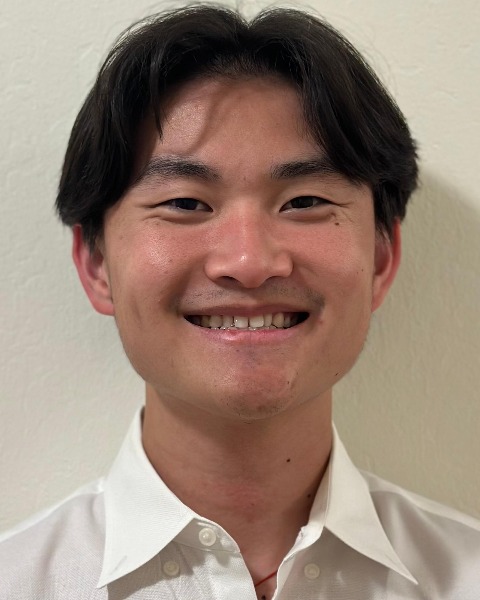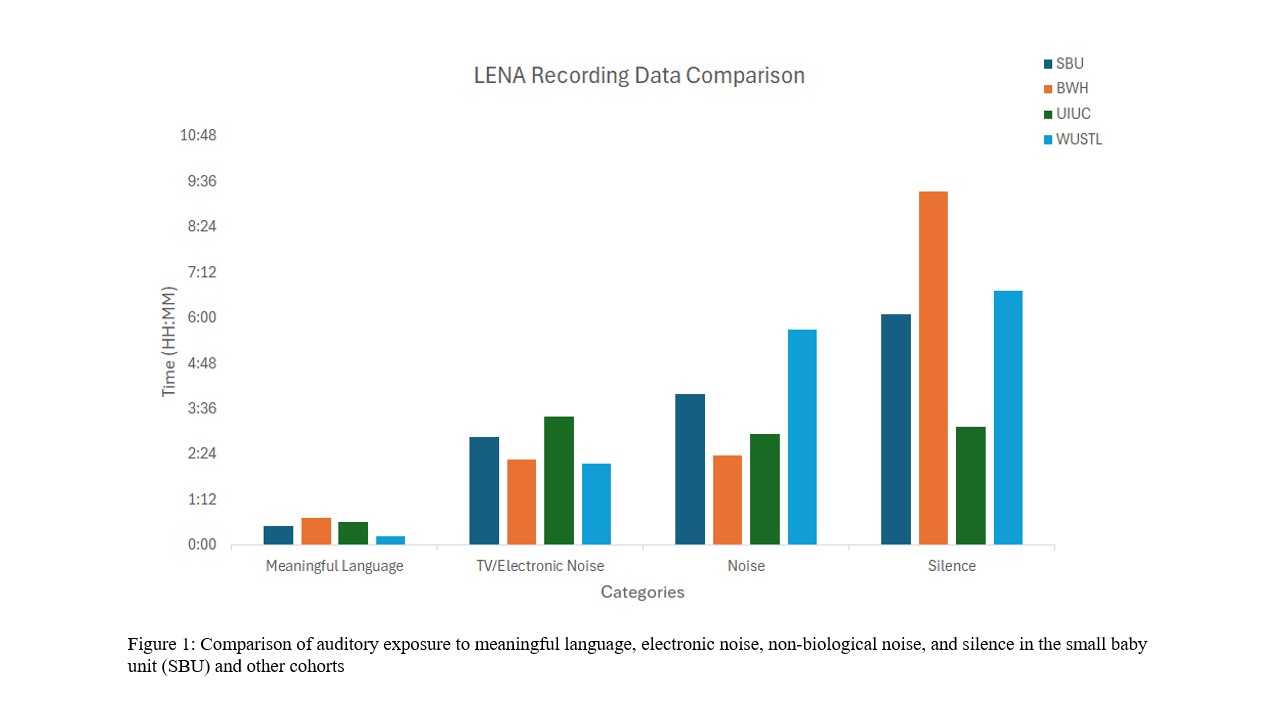Neonatal Neurology 2
Session: Neonatal Neurology 2
349 - Comparison of the Auditory Environment in Premature Infants by Room Type and Postmenstrual Age in a Dedicated Small Baby Unit
Friday, April 25, 2025
5:30pm - 7:45pm HST
Publication Number: 349.4522
Justin Shen, CHOC Children's Hospital of Orange County, Orange, CA, United States; Terrie Inder, Childrens Hospital of Orange County, Orange, CA, United States; Beverly Inge. Walti, CHOC Children's Hospital of Orange County, Rancho Santa Margarita, CA, United States; Michel Mikhael, CHOC Children's Hospital of Orange County, Orange, CA, United States

Justin Shen, BS
Research Associate
CHOC Children's Hospital of Orange County
Orange, California, United States
Presenting Author(s)
Background: The environment within the neonatal intensive care unit (NICU) is characterized by noxious exposure (harsh electronic noise of monitors, alarms, respiratory equipment etc.), and a deficiency of meaningful language often replaced by excessive silence. The auditory environment in the NICU appears to impact brain development of the auditory cortex with implications for future language development.
Objective: Analyze auditory environment in a dedicated hybrid Small Baby Unit (SBU) and compare our findings to those from the Brigham and Women’s Hospital (BWH-unpublished), Carle Foundation Hospital (UIUC), and St. Louis Children’s Hospital (WUSTL).
Design/Methods: Prospective observational study recruited preterm infants with gestational age (GA) of < 30 weeks at birth and admitted in the first 7 days of life. After informed parental consent, perinatal demographics were collected, along with environmental factors such as crib vs isolette, open bay vs private room, parental presence. Weekly 16-hour auditory recordings were collected using the LENA Recording Device (LENA Research Foundation, Boulder, Colorado) for 8 weeks with recordings staggered to reflect the auditory exposure of a typical 7-day week. Data was analyzed via LENA Advanced Data Extractor (ADEX) to determine meaningful language, TV/electronic noise, non-biological noise and silence.
Results: To date, eight infants with an average GA of 26 weeks (SD = 1.04) have been recruited and collected over 800 hours of auditory recording data. Our cohort data was highly comparable to those of the previous studies (Figure 1), documenting a deficiency in meaningful language (37 min/16 hrs) and an excess of silence and non-biological noise. Preliminary analysis of our cohort reveals a trend towards increasing meaningful language with postmenstrual age (PMA)—less than 20 minutes of meaningful language at < 34 weeks PMA versus >90 minutes at >34 weeks PMA.
Conclusion(s): Our study continues to reinforce that the auditory environment of the preterm infant is detrimental in its deficiency of meaningful language and excessive silence/noise, regardless of room type/nursery design. Although these findings have been known for over a decade, little change has occurred across the observation in four different NICU settings. We aim to complete recordings of additional preterm infants to further confirm results and compare across PMA and room type.
Figure 1: LENA Recording Data Comparison
 Comparison of auditory exposure to meaningful language, electronic noise, non-biological noise, and silence in the small baby unit (SBU) and other cohorts
Comparison of auditory exposure to meaningful language, electronic noise, non-biological noise, and silence in the small baby unit (SBU) and other cohorts
